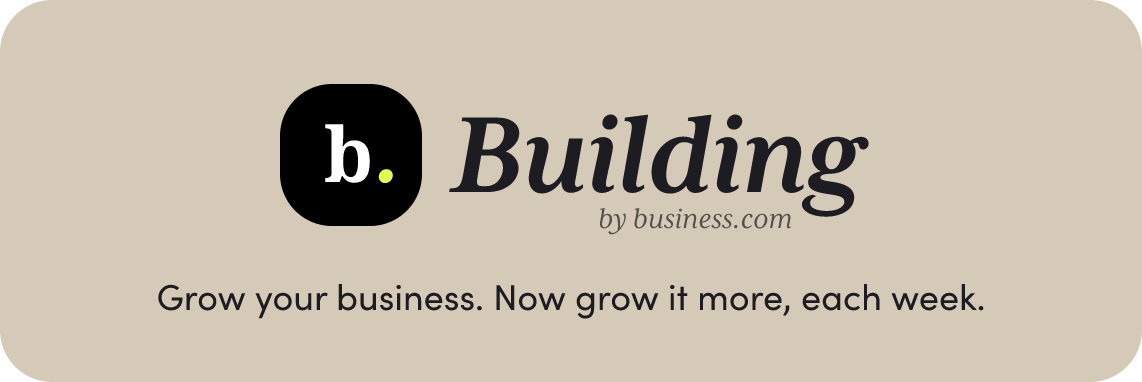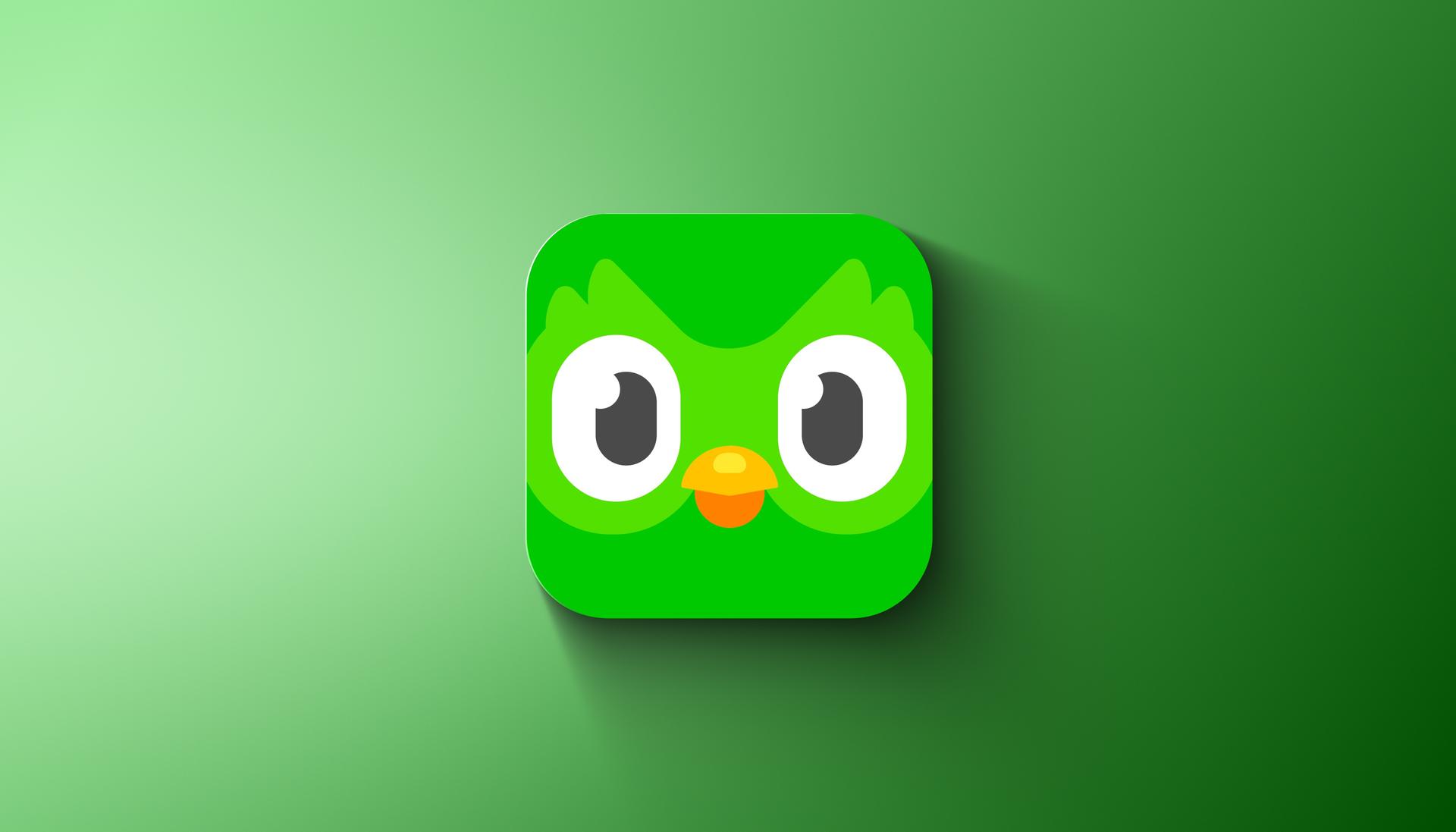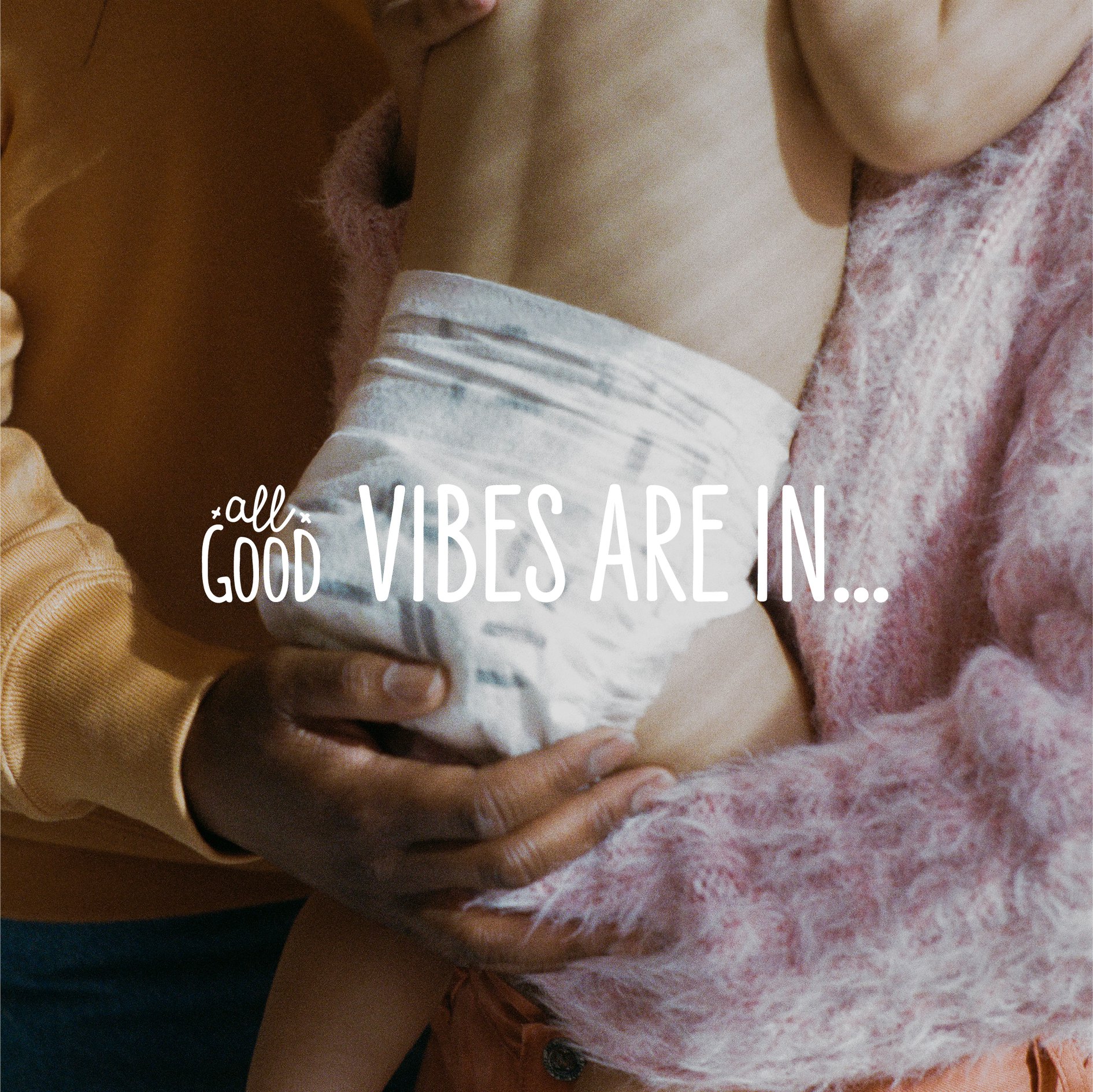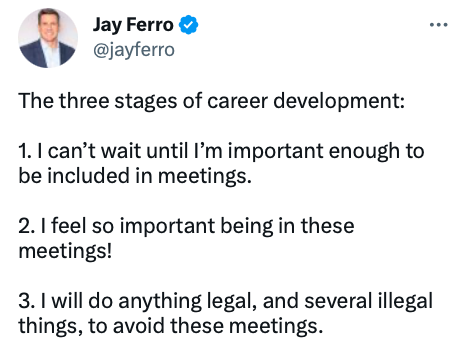The summer slump for business is (unofficially, and unfortunately) here.
Although summer formally begins on June 21, many Americans kicked off the season yesterday with Memorial Day ceremonies, parades, and barbecues. Of course, the beautiful summer weather isn’t always the best for productivity. In fact, research shows that manual-labor workers are 4% less productive for every degree above 80.6 degrees Fahrenheit. Furthermore, if you’ve ever caught yourself wasting away a summer workday daydreaming about being outside, you’re not alone — one survey found that 68% of workers have done the same.
Those intrusive thoughts, along with the natural lull in white-collar industries during vacation season, have led some companies to let employees out of work early on “Summer Fridays.” Although implementing a four-day workweek obviously isn’t feasible in every industry, maybe it’s better than spending the whole day slacking off, anyway.
Meanwhile, Gen Zers around the country are embarking on a hallowed American tradition: the summer job. Some of you are probably still traumatized by that right of passage (cleanup in the restroom, anybody?)
Tell Us Your Worst Summer Job Story! In the spirit of summer fun, we would love to hear your terrible summer job stories. Over the next few months, we’ll share the best “worst” responses. Email us your story at b.newsletter@business.com for a chance to be featured.
|
TikTok: How one company is speaking the TikTok language
Good Vibes: The positives of changing diapers
Tales From the Crypt: Ghostly Graveside Visits
Was this email forwarded to you? Sign up here.
|
|
|
Learn the Language: How Duolingo Conquered TikTok
|
Duolingo, the education app designed to teach people new languages, wants you to also use another app: TikTok. The creative minds behind the brand have mastered using the social video platform to grow brand awareness and advocacy with viral videos that capture views — and new users.
Don’t believe us? Consider this: In just a matter of months, Duolingo went from 100,000 TikTok followers to more than 2 million — and they were able to do so with virtually no production costs.
We recently spoke to Zaria Parvez, the company’s global social media manager, who is credited as the Gen Z genius behind Duolingo’s TikTok strategy. On top of recounting how Duolingo was able to capture an entire platform with an iPhone, a mascot, and the right vision, Parvez also shared what smaller businesses can do to gain traction on the platform.
Newsletter: How did you come up with the Duolingo mascot as the face of your TikTok persona that took off back in 2021? What’s the story there?
Zaria Parvez: The green owl has always been Duolingo’s brand mascot. The suit was originally used for college recruitment events. It wasn’t until we returned to the office in September 2021 that I saw it in the office and had the idea to use it and the Duo character in our TikTok videos.
The marketing and branding team developed the mascot into more of a character a few years ago. They saw the memes around Duo threatening people to do their lessons across other social platforms like YouTube and Twitter, so we leaned into the jokes and had fun with it. Since then, my job has been to bring that same quirky persona to TikTok, with the mascot suit, and push the envelope on how we show up on different platforms.
b.: Why do you think your videos have trended and resonated so well with the TikTok community? What is it about your approach to TikTok that makes the campaign so successful?
Parvez: The key to our success is that we are just entertaining on TikTok. We never try to explicitly sell our product. Sometimes this can feel counterintuitive to the more traditional marketing channels, but it really works.
|
|
|
b.: What are TikTokers looking for? Duolingo, Ryanair, The Washington Post, and other brands seem to connect to people with fun, witty, and organic content, as opposed to informative, educational content. What’s the common thread?
Parvez: People on TikTok are mainly looking to be entertained. Whenever we post content from our account, we always think: Is this something we’d want to watch if we didn’t work at Duolingo? Holding yourself to this high standard helps create engaging content that isn’t always product first (even though we all love our logo!).
b.: What are some actionable strategies businesses can implement to do well on TikTok? Virality is kind of a weird thing that’s hard to predict, so what can businesses do to put themselves in a good position to resonate with TikTokers?
Parvez: Most brands on TikTok are trying to reach Gen Z. The biggest advice I have is to hire someone from whatever demographic you’re trying to reach to actually make the content for you. Empowering them to create content with minimal layers of edits will enable them to go viral. One of the biggest challenges brands face is their inability to let go of tight control and trust younger talent who are native to these new, growing social platforms.
Like the wisest owl, Parvez has much more wisdom to impart — read the full Q&A here!
|
|
|
Make Payday a Breeze With Quickbooks Payroll
|
|
|
Making a Difference in the World, One Diaper at a Time
|
(Source: All Good Diapers)
|
When a company puts “Good” right in the name, they better know they’re setting some expectations upfront. Fortunately, All Good Diapers meets those expectations from the jump with disposable nappies that are free from fragrances, parabens and latex. But what’s really good is the company’s central embrace of a charitable BOGO model — for every single box purchased online or at brick-and-mortar Walmart stores, All Good and Feeding America donate a day’s worth of diapers to a family in need.
That has made for more than 5,269,150 donations. The promise has been profitable, too: The Procter and Gamble label is among the top three diaper brands in the United States, pulling $19.74 billion in net sales in 2022, per Zippia data. And that’s with almost no marketing outside of what appears on the box, proving that sometimes, doing good is good enough for consumers.
Learn how to promote your business with charitable marketing.
|
Thought Restaurant Menus Were Bad? Scan This QR Code to Read Nana’s Headstone
|
Some might prefer an offline moment of silence at the resting place of a loved one. Irish startup The Story Of would rather have you waving your phone’s camera at a headstone, like it’s a cocktail menu at your favorite watering hole. Why all that phone-wagging and asking for the Wi-Fi password at the cemetery? Because there might just be a QR code on the grave.
Despite the slight whiff of cyberpunk dystopia, The Story Of’s pitch does have some heart. The idea is that when you scan the QR code, you’ll receive a family-created memorial profile for the dearly departed, featuring photos, details about their lives, nicknames, family connections, personal messages, and even lists of their favorite songs and video interviews. It might not be as poignant as revisiting a handwritten journal, but it’s hard to deny the value of capturing a human story before those memories are gone forever. As long as our iPhones don’t get haunted, anyway.
|
|
|
Written by Ali Saleh and Dan Ketchum.
|
|
|
200 5th Ave., 2nd Floor Waltham, Massachusetts 02451
©️ 2023 business.com. All Rights Reserved
|
|
|
|
|









